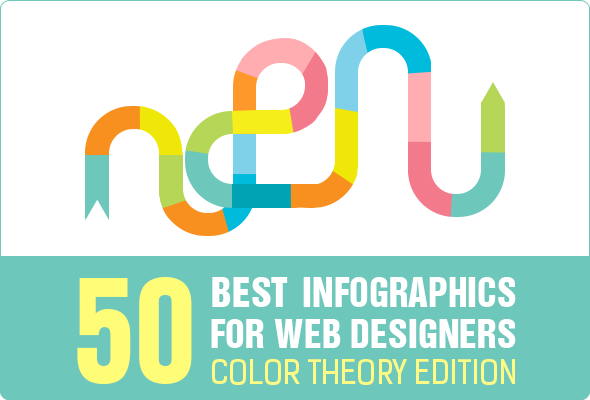Join Us As We Start A Journey Through Time, Exploring The Development Of Site Style And Just How It Has Affected The Digital Landscape
Join Us As We Start A Journey Through Time, Exploring The Development Of Site Style And Just How It Has Affected The Digital Landscape
Blog Article
Content Writer-Monroe Dodson
In the past, sites were simple and focused on details. Navigation was direct, and design was for desktop computers. Currently, individual experience is crucial. Information overviews designs for simple navigating. Responsive layouts suit various gadgets. Today, dark mode lowers strain, and minimalist menus improve navigation. Interactive functions involve individuals, and strong visuals stand out. AI assimilation increases involvement. See exactly how layout has actually evolved to improve your on the internet journey.
Very Early Days of Website Design
In the early days of web design, simpleness preponderated. Web sites were basic, with minimal shades, fonts, and layouts. The emphasis was on providing information instead of flashy visuals. https://localseoservices39516.blogpayz.com/29934540/enhance-the-performance-of-your-website-by-utilizing-on-page-search-engine-optimization-strategies-that-boost-your-online-presence-and-engage-your-target-audience accessed the internet with slow-moving dial-up connections, so speed and functionality were key.
Navigating menus were straightforward, generally located at the top or side of the page. Websites were developed for desktop, as mobile browsing had not been yet widespread. https://felixcvogc.blog-gold.com/36727515/ready-to-elevate-your-electronic-account-discover-sophisticated-website-design-strategies-that-will-certainly-transform-your-site-right-into-a-powerhouse was king, and developers focused on simple readability over intricate layout aspects.
HTML was the key coding language used, and developers needed to work within its restraints. Computer animations and interactive features were minimal compared to today's criteria. Sites were fixed, with little vibrant content or individualized individual experiences.
Rise of User-Focused Layout
With the advancement of site layout, a change in the direction of user-focused style principles has become increasingly popular. Today, developing sites that prioritize user experience is important for engaging visitors and accomplishing business objectives. User-focused layout involves understanding the demands, choices, and behaviors of your target audience to customize the internet site's format, material, and features appropriately.
Designers now perform thorough research, such as customer surveys and use screening, to gather understandings and feedback directly from users. This data-driven technique assists in developing instinctive navigating, clear calls-to-action, and aesthetically attractive user interfaces that resonate with site visitors. By positioning the customer at the facility of the style process, web sites can deliver a much more tailored and pleasurable experience.
Responsive style has also become a crucial aspect of user-focused layout, ensuring that internet sites are maximized for different gadgets and screen dimensions. This flexibility improves ease of access and functionality, dealing with the diverse methods users interact with web sites today. Essentially, please click the following web site of user-focused style indicates a shift towards creating digital experiences that prioritize the requirements and expectations of the end customer.
Modern Trends in Web Design
Discover the most up to date fads shaping web design today. One famous fad is dark mode design, supplying a sleek and modern appearance while decreasing eye strain in low-light atmospheres. An additional crucial trend is minimal navigation, simplifying food selections and boosting customer experience by concentrating on essential elements. Integrating micro-interactions, such as computer animated buttons or scrolling effects, can produce a more appealing and interactive web site. Receptive design remains essential, making certain seamless individual experiences across various gadgets. Furthermore, making use of strong typography and asymmetrical layouts can add visual interest and draw attention to specific web content.
Integrating AI technology, like chatbots for consumer support or individualized recommendations, enhances individual interaction and improves procedures. Ease of access has likewise end up being a substantial fad, with developers prioritizing inclusive design practices to deal with diverse individual demands. Welcoming sustainability by maximizing internet site performance for speed and effectiveness is one more emerging trend in website design. Teaming up with customer responses and data analytics to iterate and enhance style continuously is essential for staying pertinent in the ever-evolving digital landscape. By embracing these modern trends, you can produce an aesthetically enticing, easy to use web site that resonates with your target market.
Conclusion
As you reflect on the evolution of site style from the early days to currently, you can see just how user-focused layout has come to be the driving force behind modern-day patterns.
Accept the journey of adjustment and adaptation in web design , always keeping the user experience at the leading edge.
Stay current with the current fads and innovations, and never ever stop evolving your method to create visually sensational and easy to use sites.
Develop, adjust, and develop - the future of website design is in your hands.
